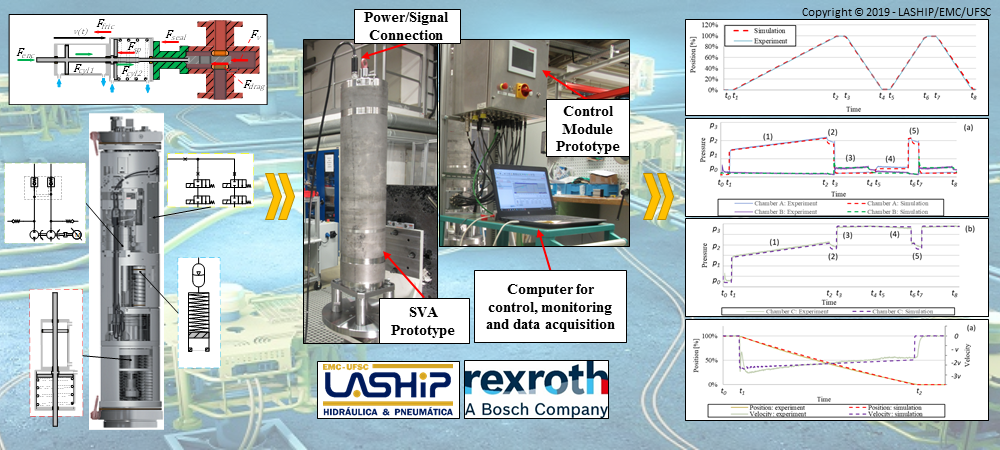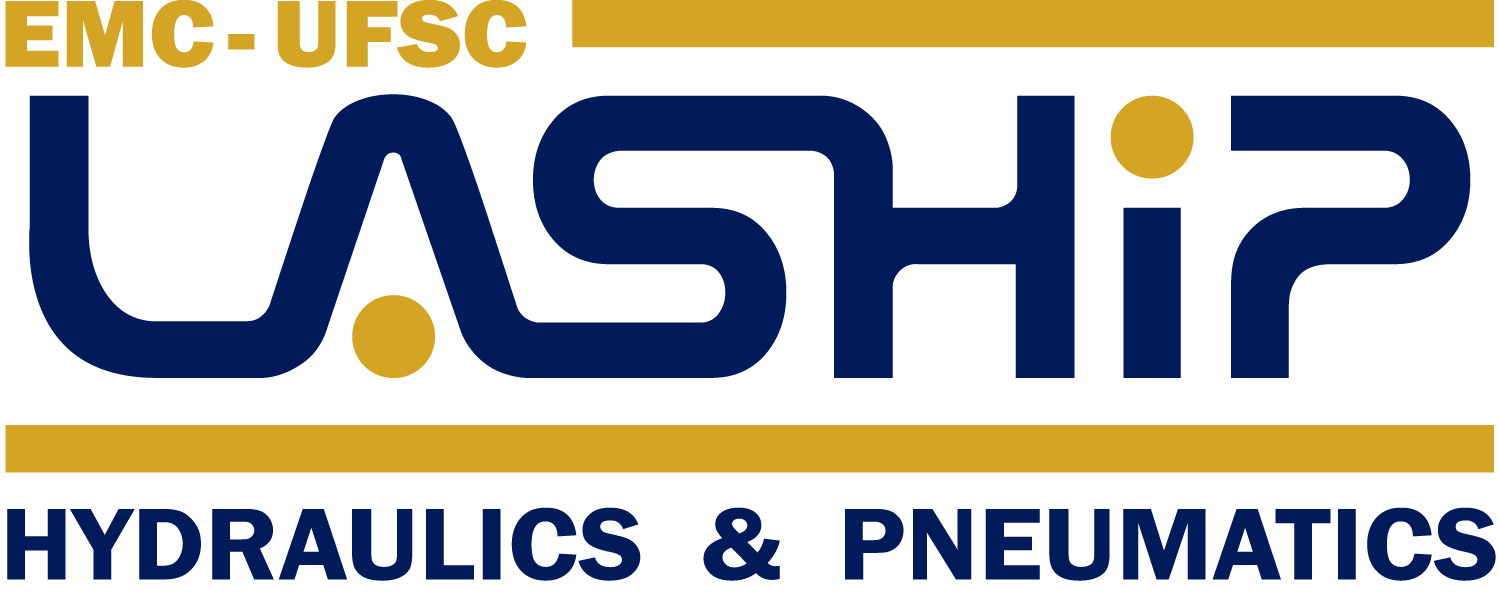Candidate: João Pedro Duarte da Silva
Program: UFSC / POSMEC
Date: November de 2019
Advisor: Victor Juliano De Negri
Co-Adivisor: Alexandre Orth
Abstract: Recently, in subsea oil & gas production systems, the use of All-Electric Systems (AES) has increased due to their several advantages in comparison with the conventional electro-hydraulic counterparts, such as installation and operational costs reduction, fast system response, reduction of umbilical cables diameter, high level of operational flexibility and environment-friendly design. In this context, an Electro-Hydrostatic Actuator (EHA) – a system comprised of a servomotor, a hydrostatic transmission and a hydraulic cylinder with a fail-safe spring – is a solution that can be applied in AES while preserving the best characteristics of conventional electro-hydraulic systems, such as reliability, compactness, robustness and power density in an environmental friendly and power-by-wire connectivity design. In this research, a subsea valve EHA – particularly devised to operate with 2 inches gauge gate valves at water depths of up to 3,000 meters – is mathematically modeled, numerically simulated and validated by the confrontation of its results with those of experiments in a prototype. The validated model is then simulated with a gate valve model in several different scenarios and evaluated in terms of functionality and power consumption. The obtained results through the carried out simulations present a system with robust behavior during the opening and closing operations of the gate valve as well as during the fail-safe functions in all simulated scenarios. The EHA demonstrates to have low power consumption, with the possibility of predefine a maximum power consumption, which is controlled by limiting the electric motor angular velocity. The influence of the equipment installation water depth and wellbore pressure in the system behavior are investigated as well.
Reference: SILVA, J.P.D. Experimental and Theoretical Analysis of an Electro-Hydrostatic Actuator for Ultra Deepwater Applications. 2019. 115 p. Dissertação de Mestrado em Engenharia Mecânica. Universidade Federal de Santa Catarina, Florianópolis.



